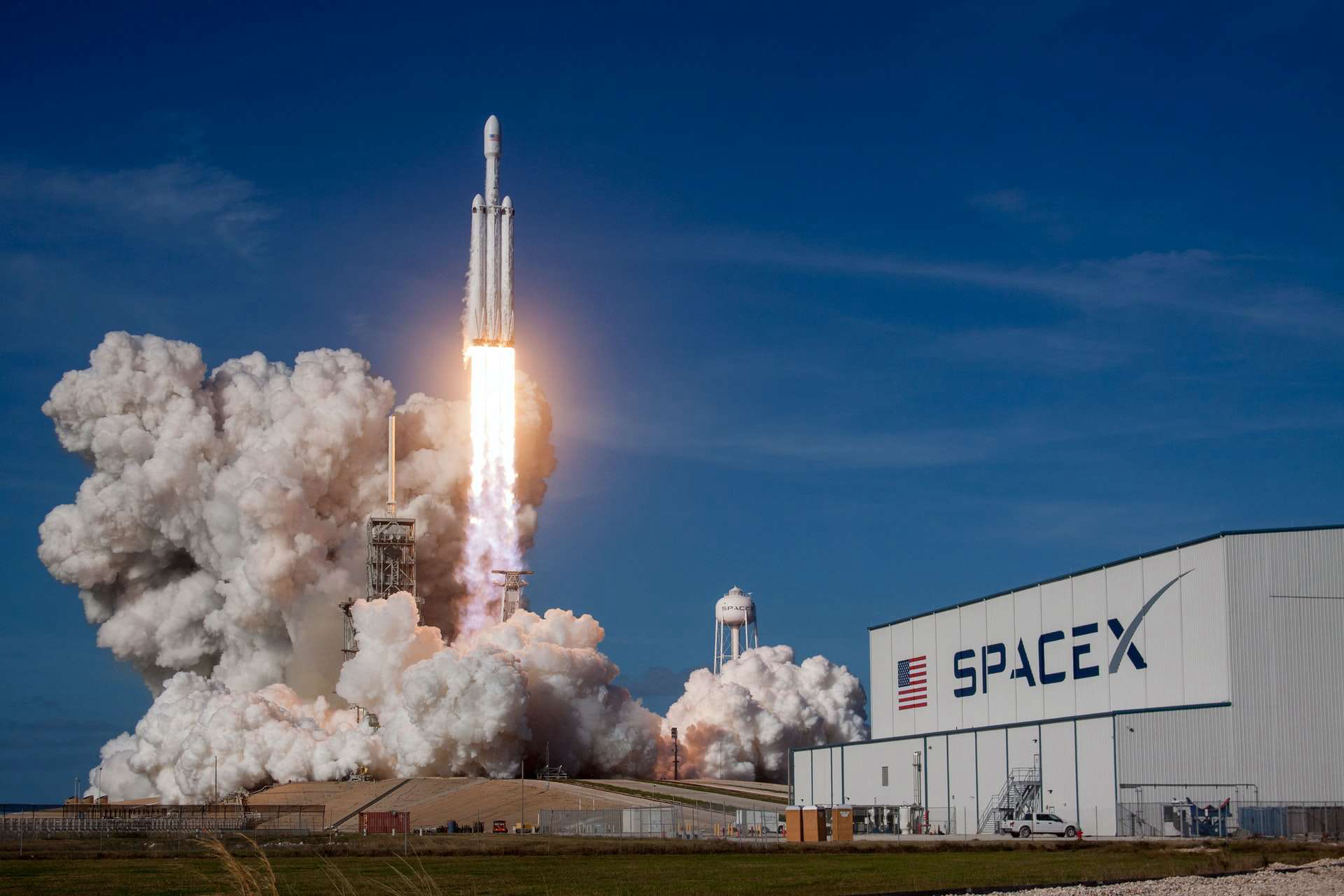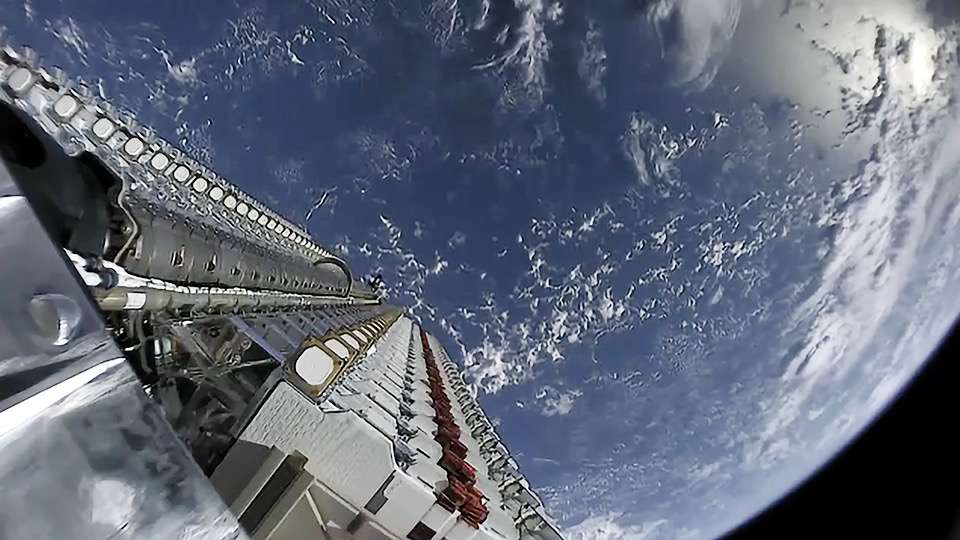
The Internet has become a significant aspect of our lives and imagining our existence without the internet is nearly impossible in today's world. Several broadcasters provide internet services in different parts of India. And now even Elon Musk's SpaceX aerospace company has urged the Government of India to give approvals for providing satellite-based internet services in India. These proposals were made by SpaceX in a reply to the consultation paper on a roadmap to promote ‘Broadband Connectivity’ and ‘Enhanced Broadband Speed’ issued on August 2020 by the Telecom Regulatory Authority of India (TRAI). If TRAI hears these recommendations, SpaceX is planning to launch Starlink in India by 2021.

Starlink is created by SpaceX and it is a constellation of 4,400 Non-Geostationary Orbit (NGSO) satellites that combine the space operations technology to beam the high-quality internet services to its receivers placed on various locations in India. The internet services of Starlink provides high speed and they are affordable than regular broadband that is charged on the system based on cost per kilometre. The Starlink satellite has been launched by SpaceX in about 16 months, forming the largest operational cluster by a more than a factor of two. In the United States, the Starlink-based internet is available to select users under the limited public release but the company is now planning a larger US and an international rollout of Starlink satellite services.
The development of this collaboration comes in the time when a new draft Spacecom policy is announced by the Indian Space Research Organisation (ISRO) that will enable private Indian firms to use existing space assets for providing communication services for developing new systems, launch satellites, and sell services to foreign customers. This draft creates issues for international companies like SpaceX that are not based in India. The Starlink satellite services are available in the US but the company wants to expand them to a larger area that will have underserved regions, including those from India and other developing nations. This is one of the reasons why SpaceX is urging for approvals from the Indian government.

Source: wikipedia.org
The vice president of SpaceX for Satellite Government Affairs, Patricia Cooper said that TRAI and other government agencies in India have acknowledged the role of the satellite services. These collaborations aim to encourage technology-neutral broadband definitions that reflect the advances of next-generation satellite services and considering the unplanned fees, taxes and other burdens that, when passed on to users, can make broadband unaffordable to people. Similarly, it will be promoting maximum spectrum efficiency by expecting users to adjust the use of scarce spectrum resources across multiple systems, whether terrestrial or space-based.
This upcoming alliance can be beneficial to many remote areas in India where people live without any internet facilities. However, the new entry in the market can affect the existing telecom companies. V-band with 60 GHz and E-band with 70/80 GHz come with the abundant range available to deliver in 5G. SpaceX explained that this E- and V-bands should be kept open for satellite providers which are in-line with TRAI's recommendations that the e- and v-bands, that are typically said to be useful for 5G networks but are only used in the short distance should be utilised for broadband deployment in India. India's telecom services providers have expressed concerns over the backdoor entry of satellite communications (Satcom) like Starlink in India. The Indian telecom companies want the Department of Telecommunications to provide spectrum only trough auctions and not through administrative route. And now only forthcoming government policies, market conditions and time can decide if the Starlink satellite internet will enter the Indian market or not.
Reference:
- www.medianama.com
- www.trai.gov.in
- www.wikipedia.com
